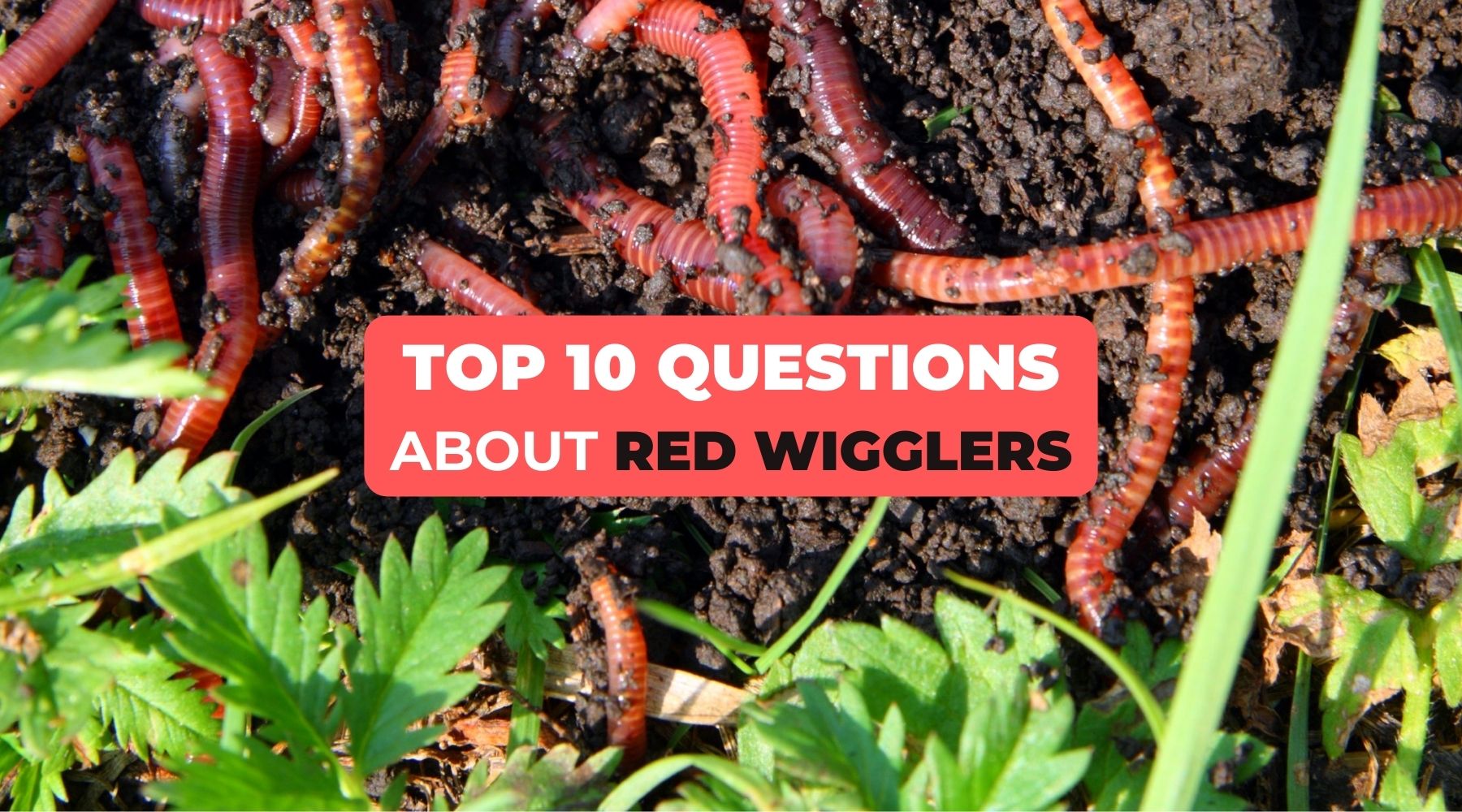The Red Wiggler Express Diaries
Table of ContentsThe Best Strategy To Use For Red Wiggler ExpressA Biased View of Red Wiggler ExpressRed Wiggler Express for BeginnersRed Wiggler Express - QuestionsGetting The Red Wiggler Express To WorkRed Wiggler Express for Dummies
Red wigglers and compost worms' favorite foods are most fruits - they particularly love bananas, strawberries, raspberries, blueberries, peaches, and melons! Yes - yet we recommend feeding potato peels to worms in small amounts (Worm Farms United States). Potato peels are starchy and don't break down conveniently so they can take a while for the red wigglers to break down and take inWe feed our worms at Brothers Worm Ranch two times a week, and many of us do the exact same with our worm containers in the house. Red wigglers have a tendency to consume more when temperatures are moderate (60-80 degrees), so you may discover a demand to feed them extra during these periods. If you are leaving for holiday or a journey and are stressed over your worms, there are a couple of things you can do to guarantee their survival.
Bed linens can be the original type of bedding you made use of or numerous handfuls of shredded cardboard. Offer the surface area of the bed linens a heavy misting so the bedding doesn't dry out.
Red Wiggler Express for Beginners
Area a piece of cardboard over the surface of the container (this will help it preserve wetness). If you are leaving for more than 2 weeks, we advise having a buddy or member of the family feed and water the worms every 1.5 weeks while you are gone. You can leave food for the worms in the refrigerator and a small spray bottle for watering.
Many thanks for reading and happy farming!.
Red worms are nature's supreme composting worm and a fantastic choice for worm ranches. Red worms pass lots of names. They're usually called red wigglers, tiger worms, manure worms, composting worms, and the trout worms. Whatever you call them they're amongst the ideal composting worms available. Both very first time and seasoned worm farmers choose the red worm for several reasons.
Not known Facts About Red Wiggler Express


Red worms have numerous residential properties which make them suitable for the compost container. Of all the worms suitable for worm farming the red worm is the most versatile and hearty.
Rotting leaves, lawns, wood, and pet manure are all favorites of red worms. The red worm's starved appetite makes it the champ of the compost bin and an online worm spreading (a.k.a. worm poop) makers. Red worms are fairly tiny, typically obtaining no larger than 5 inches. Yet don't ignore them.
A 24" x 24" worm container can easily house over 1000 red worms. For those interested in raising bait worms it's good to keep in mind that congested red worms will certainly stay rather slim and brief.
The Red Wiggler Express PDFs
Another benefit of red worms is their capability with stand a large range of temperature extremes. Typically red wigglers grow in temperature levels in between 65F and 80F (18 C 27 C). When the temperature dips red worms need to be shielded from freezing climate. Also red worms maintained outside can easily make it through the freezing temperatures of north North America. Worm Farms Near Me.
; when temperatures surge maintain your worm farm cool. If your bed linens gets over 85 levels red worms will certainly try to leave your bins for cooler locations.
If you don't feed them they will certainly go seeking food. Like all worms red worms breathe oxygen via their skin. In order to breathe they need a wet, however not saturated bed linens product. A moist atmosphere additionally promotes the malfunction of organic matter in their bedding product by microbial life kinds.
A worm ranch full of red wigglers is an excellent way to compost food scraps, left overs, garden waste, and leaves. Feeding redworms is quite very easy, but there are some fundamental but crucial points to bear in mind in order to maintain you worm farm healthy and balanced. In this area we will cover what you ought to and need to not be feeding your worms.
The Red Wiggler Express Ideas

Prior to going down off all the needed reproductive materials are scooped up into the ring. When the mucus ring hands over the worm completion seals up, creating it to taper at one end, causing the familiar lemon form of the cocoon. Over the next 20 days the cocoon darkens and solidifies.
Like all worms red worms breathe oxygen through their skin. A moist environment also helps with the malfunction of organic matter in their bedding material by microbial life types.
A worm ranch filled with red wigglers is a superb method to compost food scraps, left overs, yard waste, and leaves. Feeding redworms is quite easy, but there are some fundamental however essential points to keep in mind in order to maintain you worm farm healthy and balanced. In this section we will certainly cover what you need to and should not be feeding your worms.
The Only Guide to Red Wiggler Express
Throughout mating worms slide along each other until their clitellum are lined up. Throughout the breeding session, which lasts for about 3 hours, the worms produce mucous rings around themselves.
